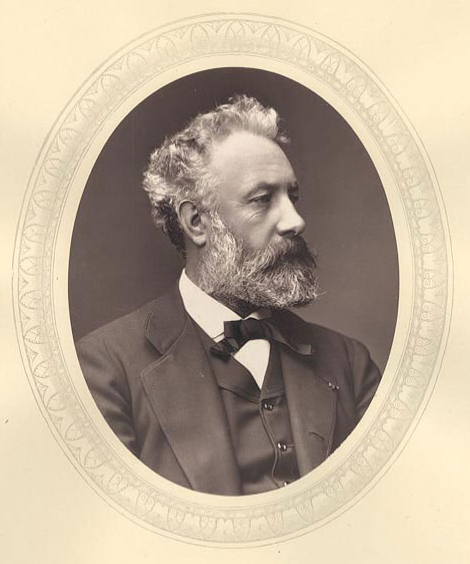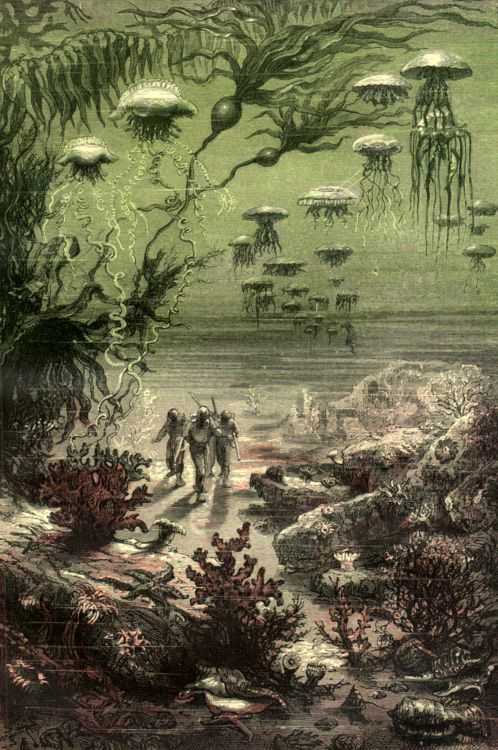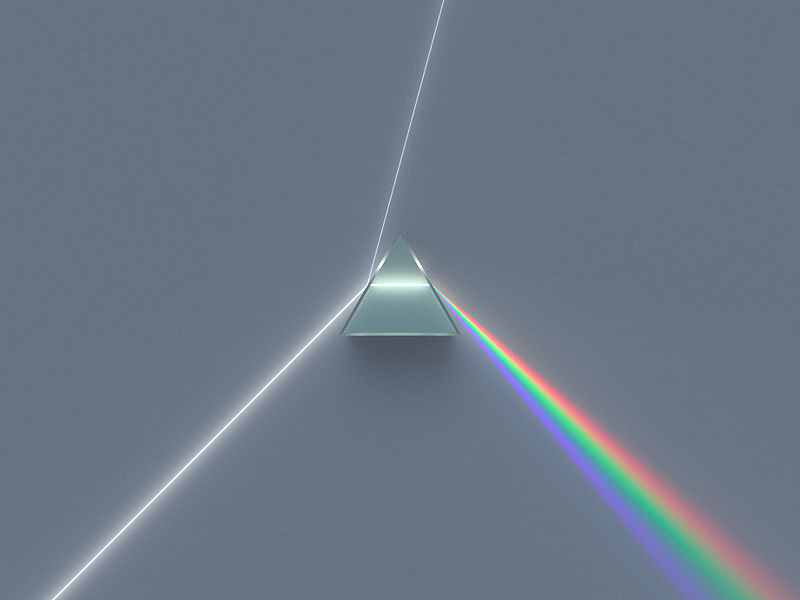A Walk on the Bottom of the Sea
Most of the Earth is covered by water, but relatively speaking, we actually know very little about what lies under the sea. Even over a century ago Jules Verne (1828–1905), a popular French author, recognized that the oceans represented a vast unexplored frontier. One of his most popular novels, Twenty Thousand Leagues Under the Sea (1870), describes the adventures of Captain Nemo and his submarine, the Nautilus. At the start of Chapter XV – A Walk on the Bottom of the Sea, Captain Nemo has anchored the Nautilus at 32° 40’N, 157° 50’W. This excerpt describes the reactions of the narrator to his first walk under the sea.
And now, how can I retrace the impression left upon me by that walk under the waters? Words are impotent to relate such wonders!
… The light, which lit the soil thirty feet below the surface of the ocean, astonished me by its power. The solar rays shone through the watery mass easily, and dissipated all color, and I clearly distinguished objects at a distance of a hundred and fifty yards. Beyond that the tints darkened into fine gradations of ultramarine, and faded into vague obscurity. Truly this water which surrounded me was but another air denser than the terrestrial atmosphere, but almost as transparent. Above me was the calm surface of the sea. We were walking on fine, even sand, not wrinkled, as on a flat shore, which retains the impression of the billows…
For a quarter of an hour I trod on this sand, sown with the impalpable dust of shells...
Soon forms of objects outlined in the distance were discernible. I recognized magnificent rocks, hung with a tapestry of zoophytes of the most beautiful kind, and I was at first struck by the peculiar effect of this medium.
It was then ten in the morning; the rays of the sun struck the surface of the waves at rather an oblique angle, and at the touch of their light, decomposed by refraction as through a prism, flowers, rocks, plants, shells, and polypi were shaded at the edges by the seven solar colors. It was marvelous, a feast for the eyes, this complication of colored tints, a perfect kaleidoscope of green, yellow, orange, violet, indigo, and blue; in one word, the whole palette of an enthusiastic colorist!
… Various kinds of isis, clusters of pure tuft-coral, prickly fungi, and anemones formed a brilliant garden of flowers, decked with their collarettes of blue tentacles, sea-stars studding the sandy bottom. It was a real grief to me to crush under my feet the brilliant specimens of mollusks which strewed the ground by thousands … produced by this inexhaustible ocean. But we were bound to walk, so we went on...
All these wonders I saw in the space of a quarter of a mile, scarcely stopping…
Questions for Comprehension and Understanding:
- What was the depth of the water in which the narrator was walking? The water was thirty feet (approximately 9 meters) deep.
- Describe the terrain on which the narrator walked at the beginning of the excerpt. The narrator was walking on “fine, even sand.”
- For how long did the narrator walk on sand? He walked on sand “for a quarter of an hour.”
- What time was it? It was “ten in the morning.”
- At one point the narrator refers to “the seven solar colors.” What do you think he is referring to here? The narrator is referring to the seven colors that comprise white light: red, orange, yellow, green, blue, indigo, and violet. These colors can be seen as a result of “refraction through a prism.”
- What was causing the narrator “real grief”? The crushing of “brilliant specimens of mollusks” under the narrator’s feet was causing him “real grief.”
- What distance did the narrator walk? He walked a distance “of a quarter of a mile” (approximately 0.4 kilometers).
- What impression does the narrator get from his undersea experience? Use a text excerpt to support your answer. He is clearly astonished and amazed by what he sees. At the very beginning of the excerpt, for example, the narrator states that “Words are impotent to relate such wonders!”


